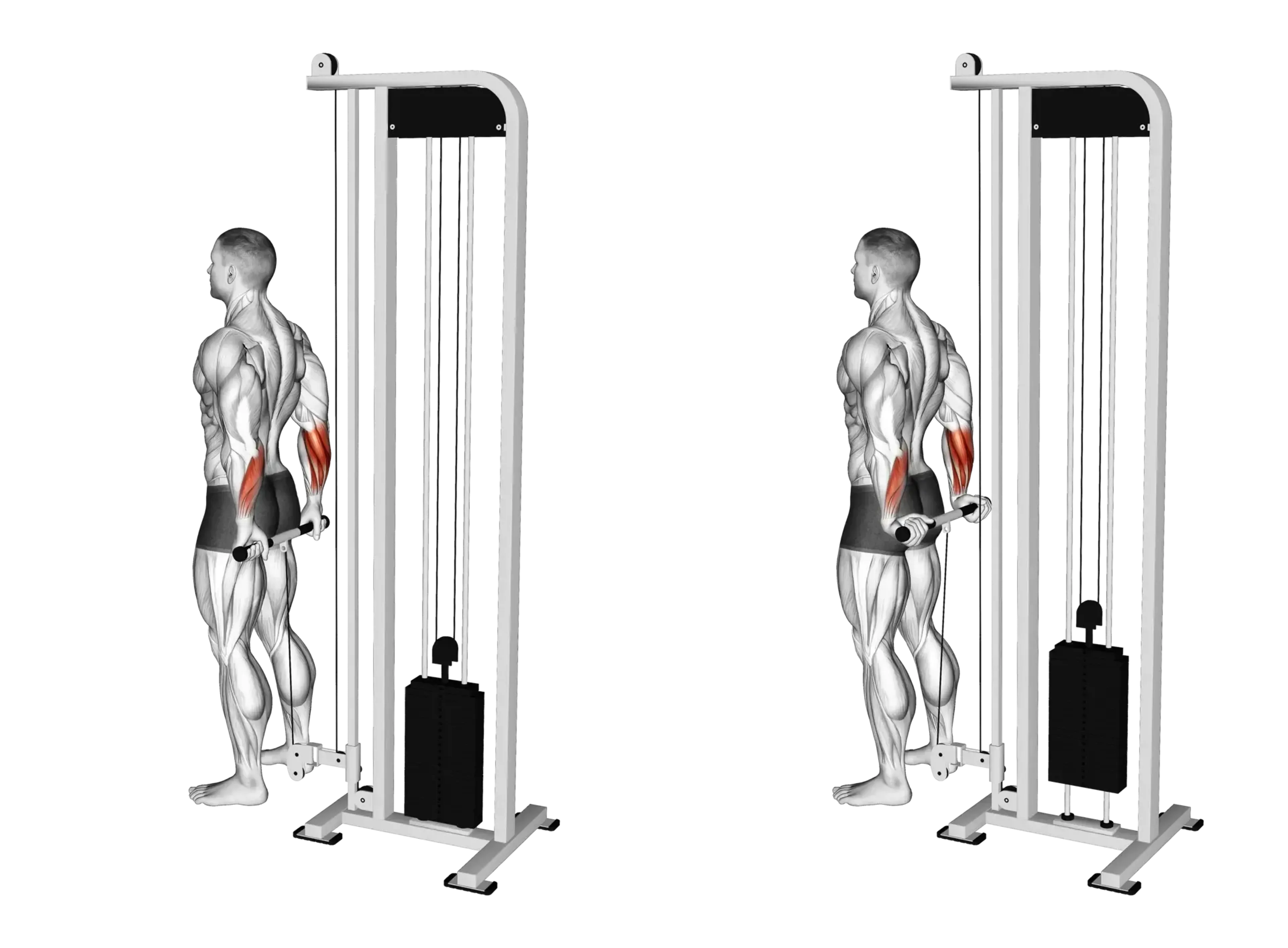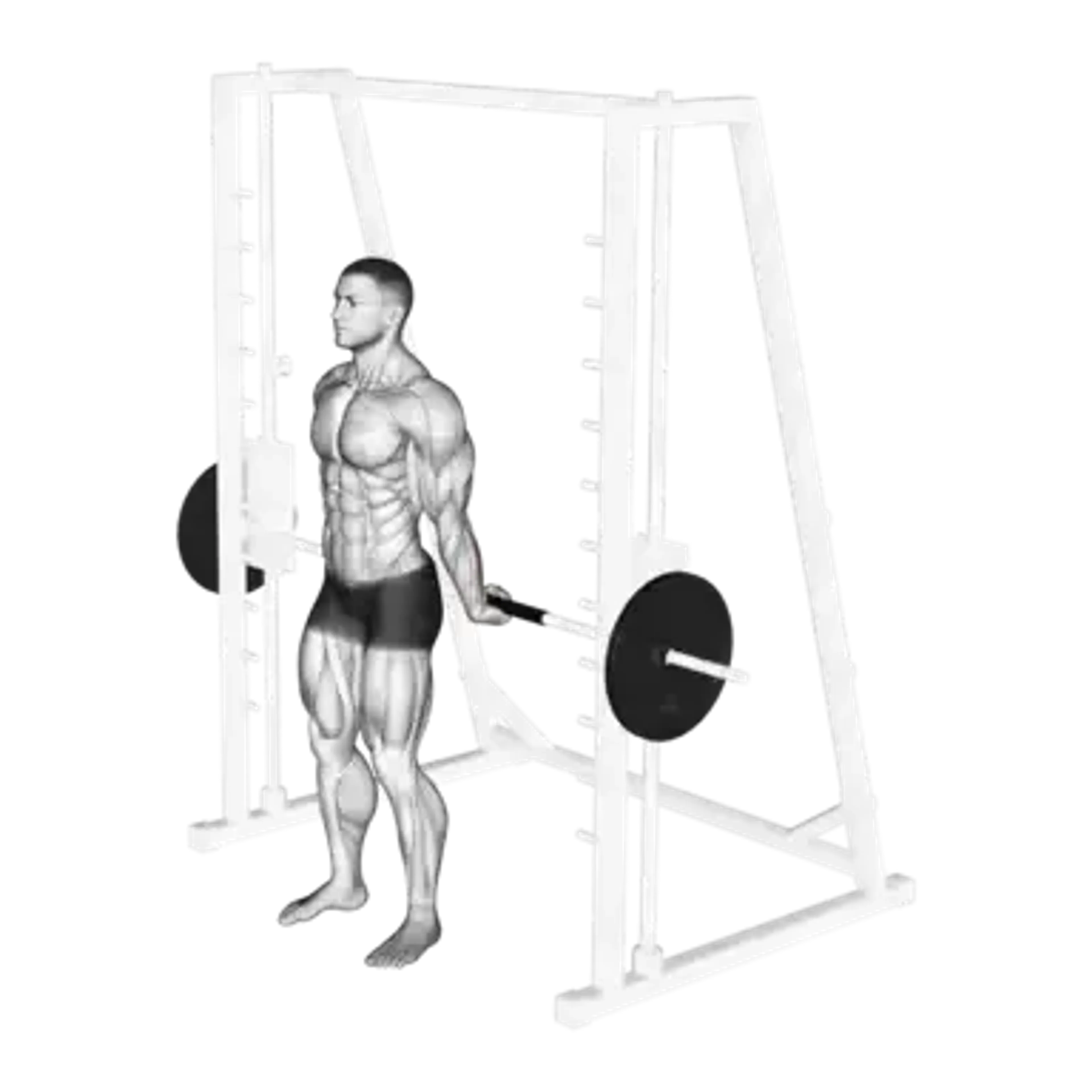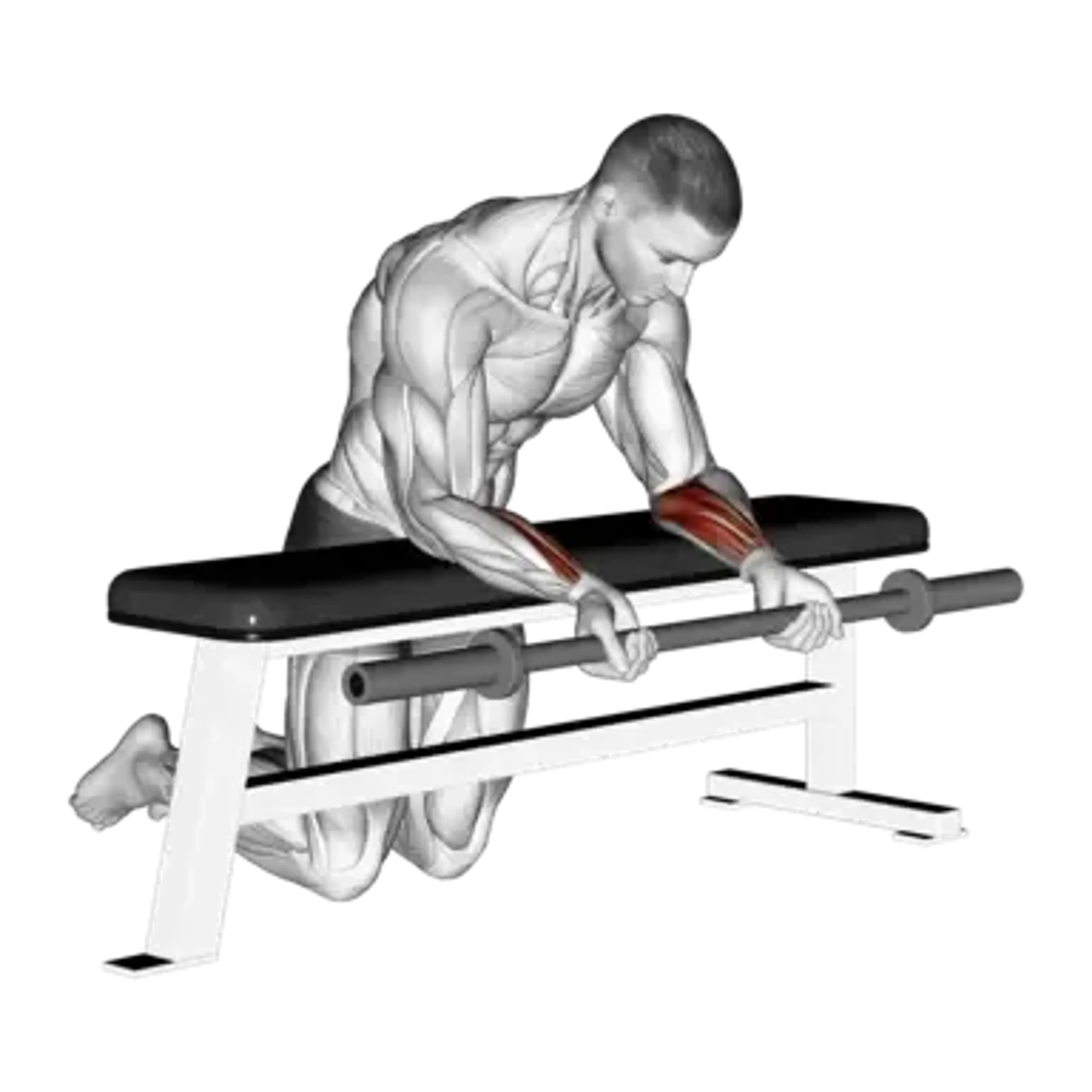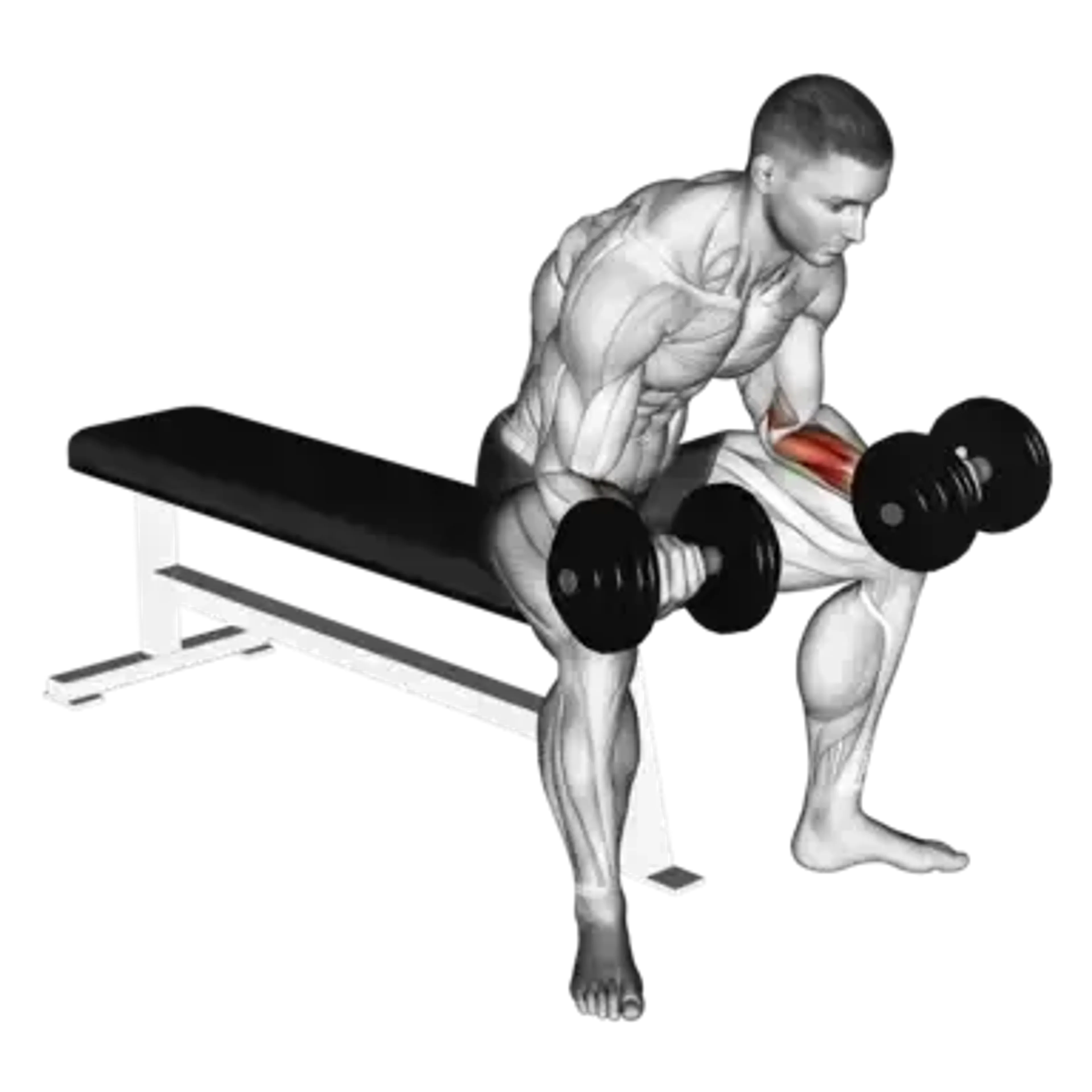Behind the Back Cable Wrist Curls

Overview
- Primary Focus:
- Forearms.
- Equipment:
- Cable.
- Difficulty:
- Beginner.
General Information
Behind the Back Cable Wrist Curls is an isolation exercise that primarily targets the forearm flexors, the muscles responsible for wrist and finger flexion. It is a beginner-friendly exercise that effectively strengthens grip and improves forearm size and endurance.
This variation uses a cable machine, providing constant tension throughout the movement - unlike free weights, where resistance can vary due to gravity. The cable setup makes it easier to fine-tune the weight and maintain consistent resistance, making it a great option for controlled, high-rep sets or rehabilitation work.
By positioning the cable behind your back, the exercise emphasizes the stretch and contraction of the forearm flexors more intensely than other wrist curl variations. It’s especially beneficial for athletes and lifters aiming to improve their grip strength for pulling movements like deadlifts, rows, or even sports that require a strong grip, such as climbing or wrestling.
Muscles Worked
- Flexor Carpi Radialis
- Primary
- Flexor Carpi Ulnaris
- High
- Brachioradialis
- Medium
- Extensor Carpi Radialis
- Low
Instructions
- Set the cable machine to the lowest setting and attach a straight bar or rope handle.
- Stand with your back to the machine, grasp the handle with an underhand grip (palms facing forward), and step slightly forward to create light tension on the cable.
- Let your arms hang naturally behind your body, keeping your wrists neutral and shoulders relaxed.
- Slowly curl your wrists upward, squeezing your forearms at the top of the movement.
- Lower the weight in a controlled manner, allowing your wrists to extend fully for a complete range of motion.
- Repeat for the desired number of reps, ensuring a steady tempo and avoiding momentum.
Common Mistakes
Injuries
This exercise has a low to medium risk of injury when performed correctly.
The most common risk is wrist strain due to overloading the cable or using improper form. To avoid this, start with a lighter weight and prioritize controlled movement over heavy lifting.
Another potential issue is elbow discomfort, often caused by locking the elbows or tensing the shoulders. Keep a slight bend in the elbows and ensure your shoulders remain relaxed throughout the exercise. Additionally, warming up your wrists and forearms before starting helps reduce injury risk.
Alternative Exercises

Frequently Asked Questions
- Q: Can this exercise improve my deadlift grip?
Overview
- Primary Focus:
- Forearms.
- Equipment:
- Cable.
- Difficulty:
- Beginner.




